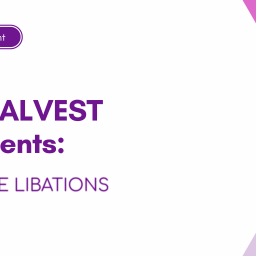
Understanding the Investor Journey
Whether you’re a real estate syndicator, fund manager, startup entrepreneur, or ETA searcher, understanding the journey of your potential investors is crucial. The process of securing investments is fundamentally a numbers game, requiring you to cast a wide net and make educated assumptions about conversion rates at each stage.
The 100:10:1 Rule
If you’re uncertain about your conversion rates, the 100:10:1 rule can serve as a useful benchmark. For every 100 investor leads you generate, expect 10 to engage in detailed one-on-one calls, and from those, 1 will ultimately invest.
Earlier this year, Jason Yeh shared his observations on this topic. He noted that for every 100 introduction requests made, 50 resulted in actual introductions, 35 led to initial calls, 7 progressed to follow-up calls, and 2 entered due diligence, with just 1 making an investment. His data suggests that while warm leads generate more initial calls, the overall investment conversion rate can be lower than the expected 10%.
Setting Realistic Expectations
It’s important to recognize that converting leads into investors can be challenging. To gauge your readiness, consider these questions:
- Do you personally know a significant number of investors?
- Have you raised capital before?
- Is your MVP or product complete?
- Do you have customers for your company?
If you answer “no” to several of these questions, prepare for a tough journey ahead. This isn’t meant to deter you from raising capital, but rather to set realistic expectations for finding, nurturing, and closing investors.
Planning Your Raise
For businesses and startups, typical check sizes range from $25,000 to $50,000. To raise $250,000, you might need 5 or more investors, translating to 500 leads. The quality of your leads (i.e., how warm they are) can reduce this number, but expect to need hundreds of leads. Real estate and other asset-backed opportunities might attract higher check sizes, requiring fewer investors.
The Pursuit of “Whales”
Everyone hopes to secure a “whale” investor who can cover most, if not all, of a funding round. These investors exist, but landing one requires persistent effort. Consistently putting yourself out there increases your chances of success.
Andrew Rea’s fundraising efforts in late 2023 are a prime example of this dedication. He engaged in 175+ discussions, with over 100 investor calls in a two-week period, ultimately closing within two months. This highlights the intensive work required to achieve success.
Starting Early
A more effective approach is to start your investor outreach early, even before you actively begin raising funds. Building a list of hundreds of leads and nurturing them over a longer period can lead to better conversion rates. Keeping conversations ongoing with a broad audience increases the likelihood of successful investments.
Actionable Steps
Do Your Math: Plan for the worst-case scenario with low conversion rates and average check sizes closer to your minimums. Understand what this means for your preparation and time commitment during the raise.
Create an Investor CRM: Develop a system to manage hundreds of names at different stages of the investment journey. This doesn’t need to be complex but should be organized.
Trackable Materials: Avoid sending static PDFs to new contacts. Use trackable materials like landing pages or investor links that monitor interactions. These tools provide valuable data on your investor journey, allowing you to tailor your responses based on investor behavior.
The path to securing investments requires strategic planning, persistent effort, and the right tools. By understanding the investor journey and leveraging platforms like Localvest, you can increase your chances of successfully raising the capital needed for your venture.














